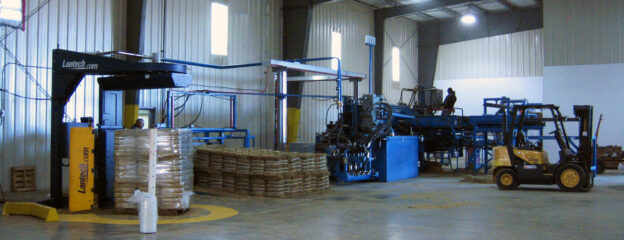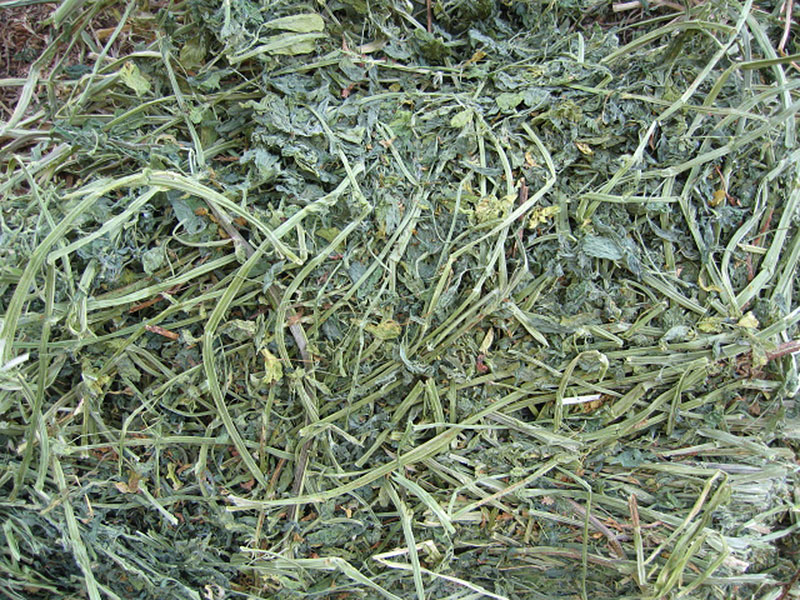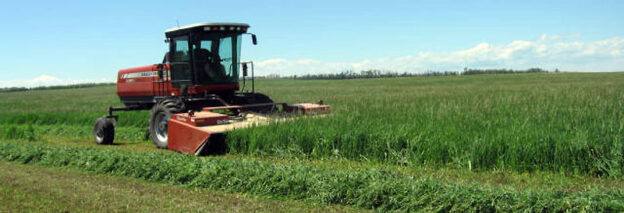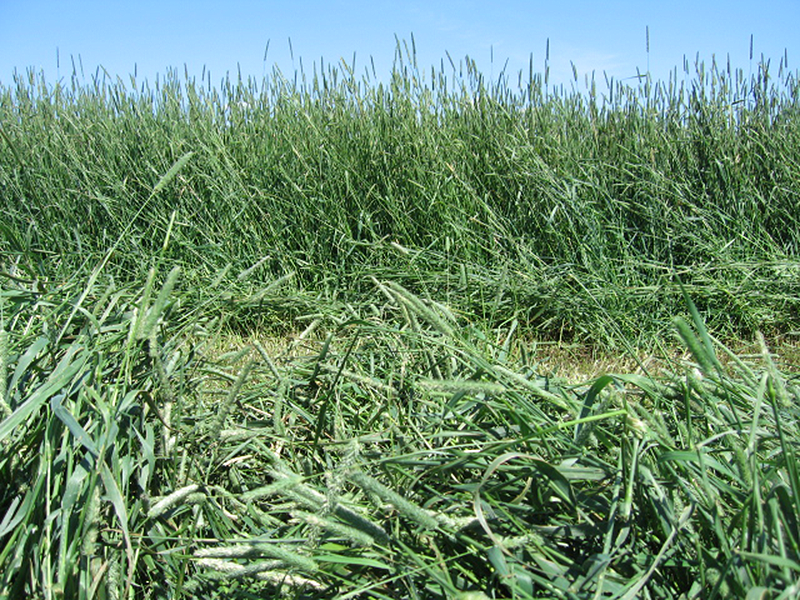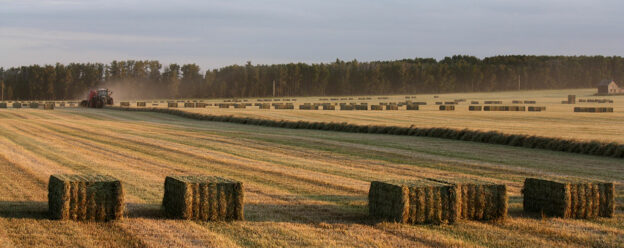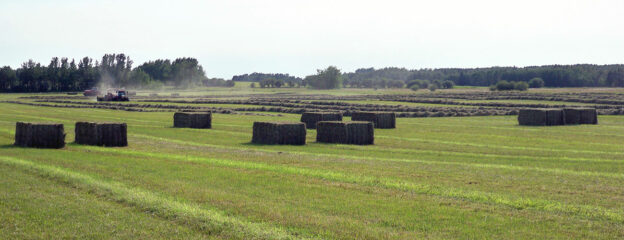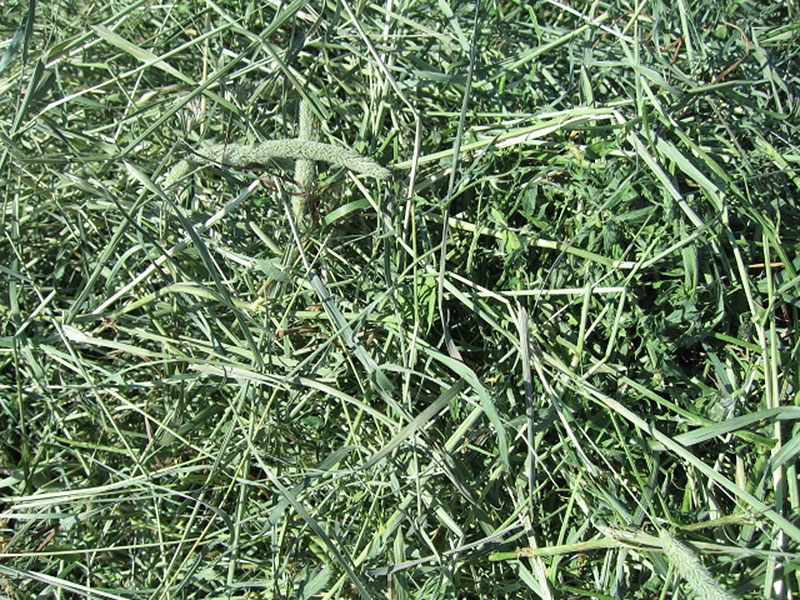GMO Alfalfa Hay Negatively Affects Horses
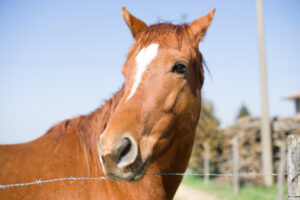 Barr-Agg received a letter from a concerned horse owner from British Columbia. Her mare was experiencing hive break outs and she suspected the GMO alafalfa hay she was feeding her horse was the cause of these health problems.
Barr-Agg received a letter from a concerned horse owner from British Columbia. Her mare was experiencing hive break outs and she suspected the GMO alafalfa hay she was feeding her horse was the cause of these health problems.
Unfortunately, much of the hay available for purchase on Vancouver Island is imported from the United States. Our neighbours to the south do not have the same regulations on genetically modified hay as we do in Canada. Currently, hay producers in Canada are required to grow non-GMO alfalfa; but that could be changing too.
GMO Alfalfa Hay Concerns Horse Owner
The majority of alfalfa hay on Vancouver Island is imported from Washington State. This is what our friend Melissa had been feeding her mare. When her horse continued to break out in hives she consulted the vet and started the process of an elimination diet to discover the cause. The results revealed that the GMO alfalfa from Washington was definitely a contributing factor.
“When I switched to low quality local hay it cleared up,” shared Melissa.
Unfortunately this lower grade hay, although it may have been Canadian non-GMO hay did not solve all of the problems. The mare is a young growing horse and required more energy in her feed. She started to lose weight and her growth was very poor.
“A friend suggested we try her on Alfa-tec cubes and she has flourished,” said Melissa. Although switching to Canadian non-GMO hay helped, her horse still experienced health problems due to allergies.
“I am in the process of eliminating all GMO feeds in my barn to see if it makes a difference. I discovered this week that our Canadian alfalfa is non-GMO and I think this may be why she can eat the cubes manufactured from Canadian grown crops but not the Washington hay itself,” said Melissa. “I have been told that Ontario is in the process of introducing some GMO alfalfa crops.”
Unfortunately, Melissa is right about that.
GMO Alfalfa in Eastern Canada
Barr-Agg grows and exports non-GMO Hay. Unlike the United States, producers in Canada have been required by law to grow non-GMO alfalfa hay. Things are changing and late last year the Government of Canada approved commercial plantings of genetically modified Roundup Ready alfalfa in Eastern Canada.
A company called Forage Genetics International (FGI) from Wisconsin has been given exclusive rights to commercialize Roundup Ready in Canada. In an article published by The Western Producer, FGI indicated they will not do so until a co-existence plan has been completed.
Roundup Ready alfalfa is already produced in the United States and accounts for nearly 70 percent of total production in some states. Experimental Roundup Ready is being tested in Eastern Canada. Testing includes local adaptation and yield along with gauging the commercial market interest. The article also stated that when GMO alfalfa is commercialized in Eastern Canada, it won’t be so quickly commercialized Western Canada until growers have been consulted.
Although regulatory authorities in Canada have concluded that it does not pose a risk to human health or the environment, producers and farmers suspect it could have a negative effect on the health of their animals. Furthermore, there is no way to control the pollen flow from a GMO crop to an organic non-GMO alfalfa field and GMO alfalfa could cause a loss of markets for non-GMO producers and seed growers.
According to statements made by Mike Peterson from FGI in an article published last month FGI has not made a decision to commercialize yet. (Read full article).
I guess we will have to wait and see.




